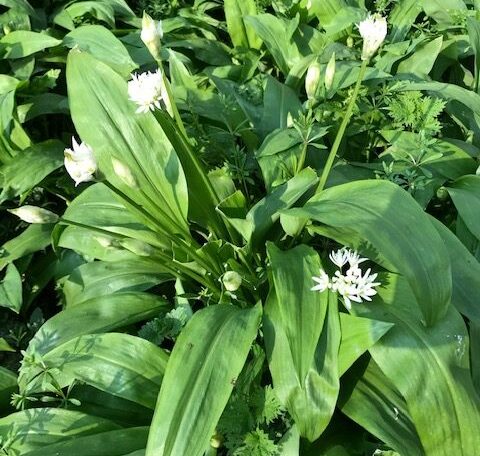A recent family visit to Noma, in Copenhagen (voted best restaurant in the world), left me with a comforting degree of well-being, a glow of consummate piety and a considerably lighter wallet. The beacon of Danish sustainability shone brightly that particular evening – both on my immediate memory and on my subsequent overdraft.
The restaurant visit was nothing less than a delight and although some of the sixteen courses didn’t so much display as rustle, the almost perfect cavalcade of dishes, with their conspicuous hyper-localism and foraged ethic, were probably the most intriguing culinary encounter I have had at table. Along with the catwalk of denim and linen-clad staff, who were seemingly trained to emulate a nightly Japanese Noh theatre and so much easier to run to earth than the carefully selected live ants installed in one of our early salad courses, the relentlessly breezy service turned the evening into an imposing show-stopper. Were it not for my bank manager’s perennial guidance on these matters (and the concomitant litreage of aviation fuel), I would have returned in a heartbeat.

However I’m a little less sure about the contemporary shtick exalting ‘wild’ food and the culinary fashion surrounding all and any foraged produce. A new ‘dirt to dinner table’ mantra has paradoxically captured the high-end diners from Shoreditch to San Francisco; a trend frequently heralding a borderline isolationist culinary outlook rather than the more inclusive and sustainable farming philosophy now so urgently required across the planet.
A thousand ways to prepare foraged moss may animate a few but stupefy many. I live in Norfolk where, on a more prosaic note, Cromer crabs, mussels, North sea fish, freshwater langoustines, pheasant, pigeon, partridge, eel, rabbit, samphire, wild garlic, funghi, blackberries and wild strawberries are all found across farm land, riverside, woodland, hedgerow and coastline (although why the world’s gone crazy over sea buckthorn still eludes me).
All of the above, wild, un-farmed, captured or collected, were happily and inexpensively consumed by the local population across millennia. Even today, a pastoral bounty that’s essentially free-range, sustainable, delicious and local; I can’t envisage a voguish box they wouldn’t tick. But we had best be quick, whist the New Nordic teams are out their capturing essence of yeast, pickled pine and cricket paste, our modern-day agribusinesses continue their contribution to the world’s sixth great extinction of life on earth (see Frances Moore Lappé – Diet for a Small Planet.1999).
Meanwhile, as Spring edged towards Summer in our local wood, a tsunami of bluebells made its annual appearance. Alongside this amethyst carpet, the first of a seasonal treasure of wild garlic invaded the senses, their white flowers hovering above a swathe of dark green foliage. As wild garlic is easy to identify and even easier to collect, this is my sole excursion into the apparent wellness associated with a foraging adventure. Unlike the free spirited chef, René Redzepi at Noma, ignorance prevents me from any more confident excursions into the wild woods. I fear that if you pressed me to a mushroom or wild herb sortie, my dinner guests would be queuing in A & E before the evening was out.
So what follows is one of the family’s most favoured, safe, briefly seasonal, hyper-local, meat free soups.
Wild Garlic Soup from Wild Food (1996) Rowley Leigh
Serves 4
3 potatoes, sliced
1 litre stock, your choice
1 lemon
Salt and pepper
25 g butter
2 onions, sliced
A colander full of washed wild garlic
Grated nutmeg
Sour cream or crème fraîche
Croûtons
25g Butter
3 slices of day old country-style bread, torn into rough cubes
Place the potatoes in a saucepan with the stock, a strip of lemon zest and plenty of salt and pepper.
Simmer for 10-15 minutes.
Meanwhile, melt the butter in another saucepan and cook the onions over a low heat until soft.
Turn up the heat, add the wild garlic, a little lemon juice, salt, pepper and nutmeg and cook until the garlic has wilted considerably.
Add to the potatoes and stock and simmer together for 5 minutes, then purée in a liquidizer.
To make the croûtons, melt the butter in a frying pan and fry the bread until it is crisp and golden.
Serve the soup with a swirl of sour cream or crème fraîche and the buttery croûtons.
Wine thoughts
No other grape like Riesling. When young (which I suggest here) it can be boundlessly refreshing, rich and elegant. Often with a soaring acidity paired with a ravishing delicacy, Riesling is dangerously easy to drink. Alsace, Germany and Austria can all be relied upon to provide a refined foil to our gentle garlic soup.

